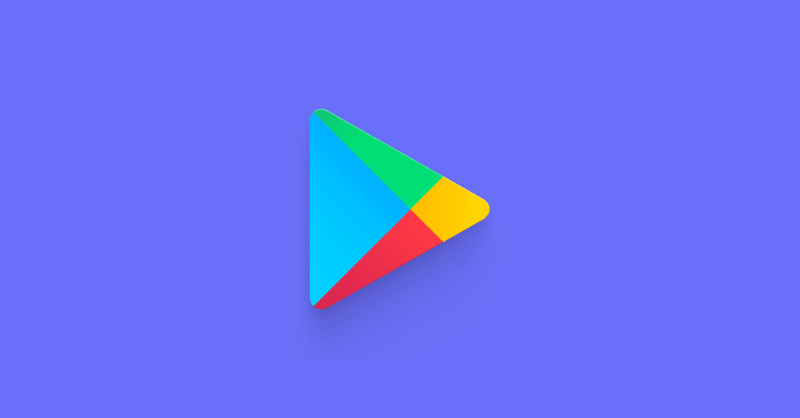Google announced a set of AI-forward updates designed to keep users exploring and transacting on Play:
- Guided Search: Users can search by goals (“learn Spanish,” “get fit at home”) with AI-organized results.
- New “You” tab: A personal hub for subscriptions, rewards, recommendations, and user profiles. The You tab starts rolling out this week in Play Points markets, with additional countries from October 1.
- Curated Spaces: Seasonal and thematic collections that feature apps across verticals. Examples include WNBA placements in the U.S. and an Entertainment space in Korea (short-form dramas, webcomics, streaming), with select short-form content viewable directly in Play (including in the U.S.).
- Gaming upgrades: AI assistants for gameplay, richer game detail pages, and Play Games on PC now generally available.
Together, these updates make the store feel more personalized and more competitive for app visibility.
Why this matters for subscription apps
- Discovery is now intent-driven. Play will surface apps based on outcomes rather than keywords. That means listings must clearly state what problem you solve (“Daily IELTS drills,” “10-minute meditation habit”), not just your app category.
- The You tab makes subscriptions more visible and manageable. Subscriptions are front-and-center. Users can review and churn more easily, so win-backs, pauses, and downgrade paths matter more than ever.
- Curated spaces reward fresh, themed content. Apps that ship seasonal packs, new modules, or live events will be favored for editorial placement. Static apps risk being overlooked.
- Cross-device expectations rise. With Play Games on PC expanding, users expect purchases and subscriptions to carry across platforms. Broken entitlements or mismatched paywalls will hurt trust.

What to do this week
- Re-write your store listing for outcomes. Lead with the result your app delivers in the short description, first 2–3 bullets, and opening screenshot.
- Audit subscription flows. Make sure cancel → win-back flows (pause, discount, downgrade) are in place and clearly messaged.
- Plan a seasonal or thematic drop. Ship one new pack, challenge, or content update within 30 days to increase eligibility for curated placements.
What to do this quarter
- Map your top intents. Build a mini “intent map” of 6–8 user jobs your app solves, and align your listing (headline, screenshots, promo video) to each.
- Ship a 90-day content cadence. Schedule thematic updates tied to seasonal or cultural moments (e.g., back-to-school, new year challenges).
- Prepare for Play’s new community features. Enhanced app detail pages and Q&A are coming. Seed FAQs and plan for moderation now.
- Monitor leading indicators. Watch explore impressions, trial-to-paid conversion, and churn correlated with new Play surfaces.
The bigger picture
According to our State of Subscription Apps 2025 report, median trial-to-paid conversion rates hover around 14%, but the best apps consistently outperform by aligning messaging and lifecycle with user intent. Play’s AI revamp is effectively forcing developers to compete on that same axis: the clearer you articulate outcomes, the more discoverable you’ll be.
For indie devs and small teams, the takeaway is simple: optimize now for outcome-driven discovery and strong retention flows, or miss out on visibility and growth as Play surfaces evolve.
Further reading
- Acquisition benchmarks State of Subscription Apps 2025 — use conversion and retention benchmarks to see if Play’s new discovery model is improving your funnel.
- Win-back campaigns How to Build a Win-Back Campaign with RevenueCat Web Billing — practical tutorial for re-engaging churned users, critical now that subscription management is front-and-center in Play.
- Why users cancel Top 5 cancellation reasons (and fixes) — data-backed causes of churn and fixes you can apply before users hit “Manage subscription.”
- Better cancellation flows Cancellation flow best practices — examples from leading apps to keep exits clear, fair, and reversible.
- Stay in the loop Sub Club — subscribe to the newsletter (see the form below) to stay up-to-date with growth playbooks and industry news.

